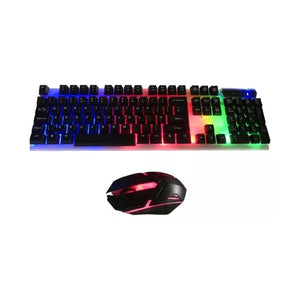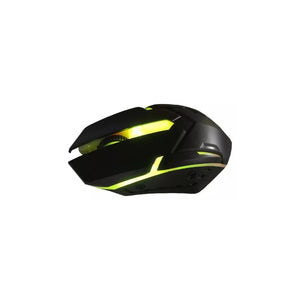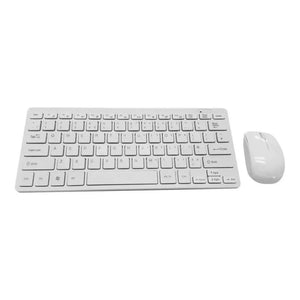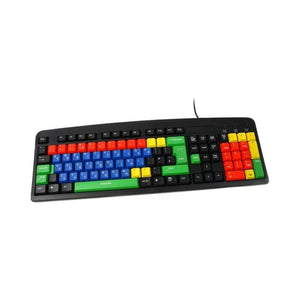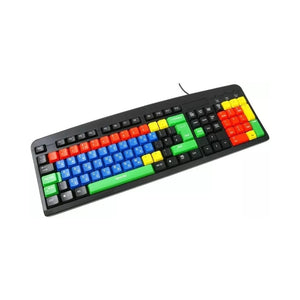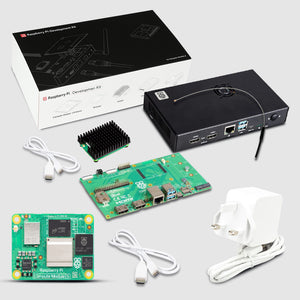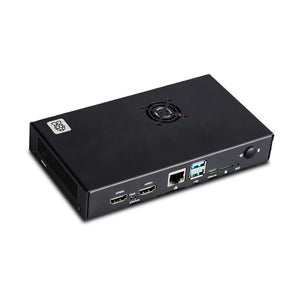Raspberry Pi understands the “need of the hour” in a precise term that is why they always develop things that would make the tech-enthusiast or hobbyist enthral with its advanced products and innovations. Millions of users are using Raspberry Pi that would be gradually developing a world where people are learning about coding and hardware from the Raspberry Pi device. Raspberry Pi Pico is a new product in the range of advanced and futuristic creations. Raspberry Pi Pico is a robust microcontroller that comprises features like RP2040 Dual Core ARM Cortex-M0+ clocked at 133MHz, 256KB RAM, 30 GPIO pins, and a broad range of interfacing options.

Learning with Raspberry Pi Pico
We understand your excitement about the Raspberry Pi Pico Board but before getting into the applications, we will first look at the features and specifications of Raspberry Pi Pico for a better understanding of the product. Raspberry Pi consists of RP2040 that is a powerful microcontroller chip with Dual-Core ARM Cortex-M0+ from which users can build advanced products and gadgets. The team of Raspberry Pi foundation developed a robust design of Raspberry Pico with 256KB RAM to make the efficiency of the users higher. It is designed with the 40 pins 21x51 'DIP' style 1mm thick PCB with 0.1" through-hole pins also with edge castellation's. Raspberry Pi Pico has a 3-pin ARM Serial Wire Debug (SWD) port with a simple yet highly flexible power supply architecture.
Key Features- RP2040 microcontroller with 2MByte Flash
- Micro-USB B port for Power and Data
- 40 pin 21x51 'DIP' style 1mm thick PCB with 0.1" through-hole
- Exposes 26 multi-function 3.3V General Purpose I/O (GPIO)
- 23 GPIO are digital-only and 3 are ADC capable
- Can be surface mounted as a module
- 3-pin ARM Serial Wire Debug (SWD) port
- Simple yet highly flexible power supply architecture
- Various options for easily powering the unit from micro-USB,
- External supplies or batterie
- High quality, low cost, high availability
- Comprehensive SDK, software examples, and documentation
- Headline features are:
- Dual-core cortex M0+ at up to 133MHz
- On-chip PLL allows variable core frequency
- 264K multi-bank high-performance SRAM
- External Quad-SPI Flash with executing In Place (XIP)
Why Should You Choose Pico?
People might be wondering if they should buy Raspberry Pi Pico or not, to remove this confusion let’s understand a bit more about the Pico. If we look at the design of the Raspberry Pi Pico then the majority of the RP2040 microcontroller pins are brought to the user IO pins on the left and right edge of the board. There are Four RP2040 IO is used for internal functions of the boards such as driving an LED, on-board Switched Mode Power Supply (SMPS) power control, and sensing the system voltages that run the system in an efficient way. If a user wants to reprogram then they have the Pico Reprogramming the Pico Flash can be done using USB in which a user needs to drag and drop a file onto the Pico. It appears as a mass storage device) or the Serial Wire Debug (SWD) port. One can also use the SWD port to debug code running(interactively) on the RP2040.
Specifications
- RP2040 microcontroller chip designed by Raspberry Pi in the United Kingdom
- Dual-core ARM Cortex M0+ processor, the flexible clock running up to 133 MHz
- 264kB of SRAM, and 2MB of onboard Flash memory
- The castellated module allows soldering directly to carrier boards.
- USB 1.1 Host and Device support
- Low-power sleep and dormant modes
- Drag & drop programming using mass storage over USB
- 26 multi-function GPIO pins
- 2×SPI, 2×I2C, 2×UART, 3×12-bit ADC, 16×controllable PWM channels
- Accurate clock and timer on-chip
- Temperature sensor
- Accelerated floating-point libraries on-chip
- 8×Programmable IO (PIO) state machines for custom peripheral support.
Getting started with MicroPython on Pico
- You can easily program Pico by connecting it to a computer via USB, and drag and drop MicroPython firmware file on Pico mass storage to install MicroPython on Pico.
- Download micropython UF2 file from the official link given below.
- Push and hold the BOOTSEL button and plug Pico in the USB port of your computer or Raspberry Pi.
- Release BOOTSEL button after Pico is connected to your computer as a mass storage device named ”RPI-RP2”
- Drag and drop downloaded micropython file on RPI_RP2 volume.
- Your Pico will reboot after the above step. Now your Pico is running micropython.
-
Now you can access the Repl and micropython over USB Serial.

Subsystem of Processor
Raspberry Pi foundation developed one of the powerful processor systems for Raspberry Pi RP2040 with the subsystems consisting of two Arm Cortex-M0+ processors. Each of the processors is comprised of internal Arm CPU peripherals — alongside external peripherals for GPIO access and inter-core communication. There are multiple interfaces that Raspberry Pi Pico’s processor uses to communicate with its system. If we look at the details of the working of the processor then:
- Raspberry Pi Pico’s each and every processor uses its own independent 32-bit AHB-Lite bus to access memory. Every processor use memory-mapped peripherals that build a high performance of the device.
- Raspberry Pi Pico works in a single cycle of IO block that provides high-speed, deterministic access to GPIOs via each processor’s I/O PORT.
- 26 system-level interrupts are routed to both processors that raise the working of the Raspberry Pi Pico.
- A multi-drop Serial Wire Debug bus provides debug access to both processors from an external debug host.
Applications
A lot of people might be impressed with the introduction of the Raspberry Pi Pico. You can use Raspberry Pi Pico at various places to develop advanced products and gadgets. There would be some people that want to use the Raspberry Pi Pico but do not have an idea of how they can use it in their projects. There are following projects which one can use to make things that would help in to make the advancement in the technology
- Weather Station
- Home Automation
- Robotics
- Security System
- Embedded System Learning
- Light sensing & controlling devices
- Temperature sensing and controlling devices
- Fire detection & safety devices
- Industrial instrumentation devices
- Process control devices
Related Articles:
- Complete series of Raspberry Pi Pico and its expansions
- Which is better BBC micro:bit or Raspberry Pi Pico
- Everything to know about Raspberry Pi Pico GPIO Expansion
- Getting started with Raspberry Pi Pico HAT Expansion
- Everything to know about Raspberry Pi Pico Breadboard Kit
- Which Micro-Controller Board is better: Pico or Arduino UNO?
- Get Started with MicroPython on Raspberry Pi Pico
- Raspberry Pi Pico: The $4 advanced Microcontroller based on RP2040 Dual Core ARM Cortex-M0+


